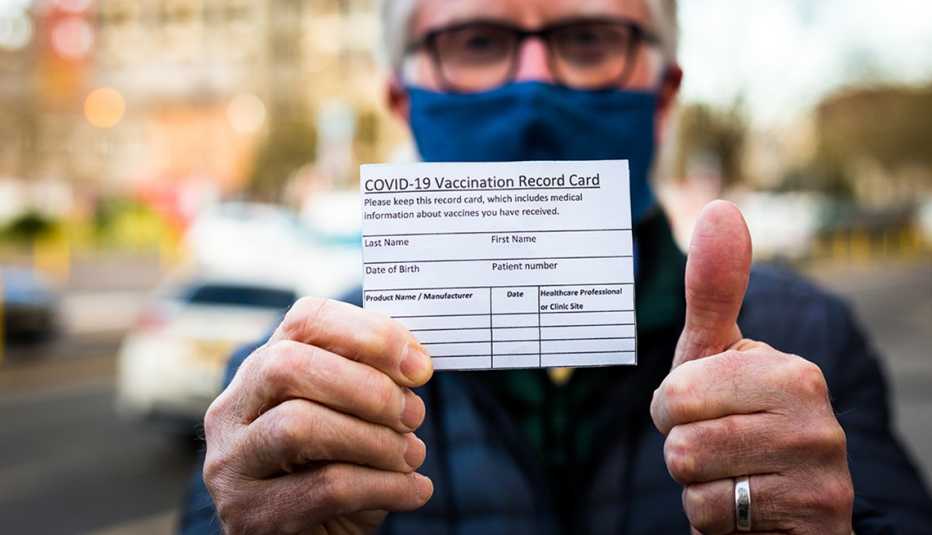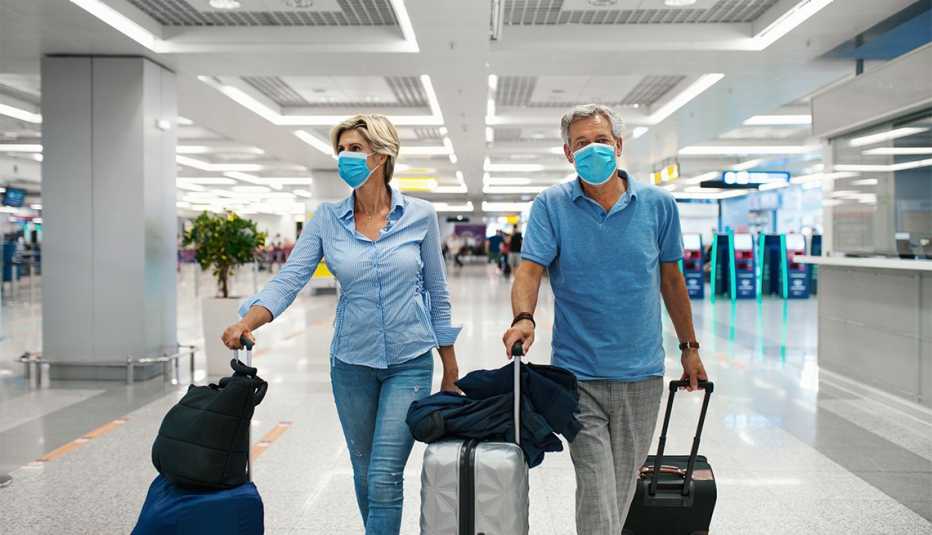Staying Fit
Europe plans to allow Americans who are fully vaccinated to visit this summer under certain conditions, European Commission President Ursula von der Leyen told the New York Times.
"All 27 member states will accept, unconditionally, all those who are vaccinated with vaccines that are approved by EMA,” she said in an interview, referring to the European Medicines Agency, the European Commission's drug regulating body. The EMA has approved all three vaccines currently used in the U.S.: Pfizer/BioNTech, Moderna and Johnson & Johnson.


AARP Membership— $12 for your first year when you sign up for Automatic Renewal
Get instant access to members-only products and hundreds of discounts, a free second membership, and a subscription to AARP the Magazine.
Von der Leyen did not say what date the countries will reopen, but on May 3, the European Commission, the EU’s independent executive arm, announced a proposal that could allow vaccinated U.S. tourists to visit by the end of June. French President Emmanuel Macron has announced plans to reopen France by June 9. Von der Leyen cited the U.S.'s “huge progress” toward achieving herd immunity, or immunizing 70 percent of the population to significantly stop the virus's spread; the Biden administration is aiming to reach this milestone by mid-June. As of April 24, nearly 95 million, or 28.5 percent of the total population (67.5 percent of adults 65 and older), had been fully vaccinated in the U.S.
Europe has banned visitors from the U.S. and other countries considered high-risk during the pandemic for a year, freezing the usual flow of visitors (in 2019 more than 17 million Americans traveled to Europe, continuing a steady upward trend until the pandemic hit).
Tourism officials on both sides of the Atlantic — not to mention Europe-starved American travelers — have been eager for the removal of barriers to U.S. visitors.
Some countries have already announced plans to welcome fully vaccinated Americans. As of April 26, U.S. travelers can visit Greece with proof of a negative COVID-19 test or vaccination. Iceland also has opened to vaccinated Americans, requiring only that they take a rapid test upon arrival.


































































